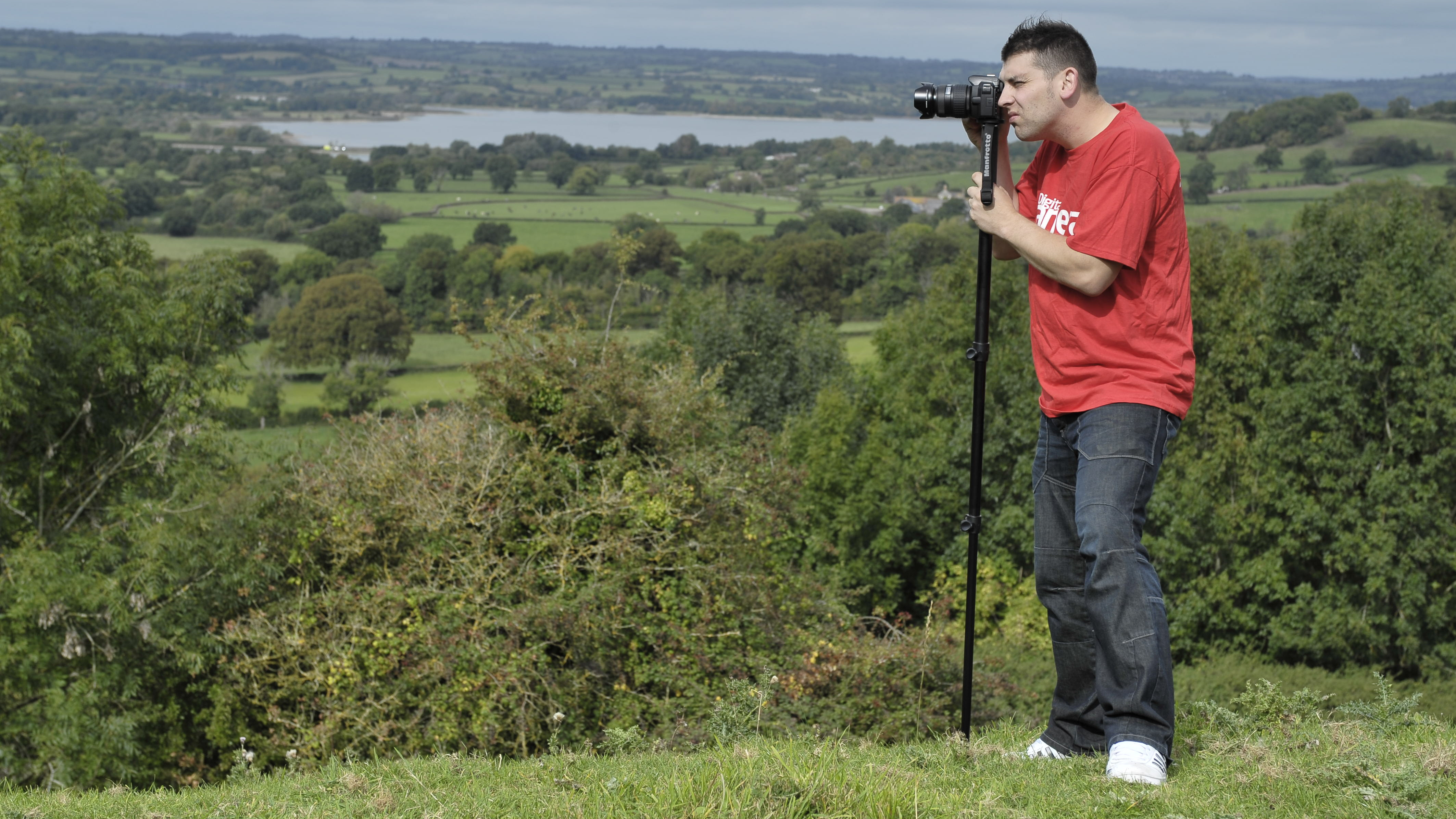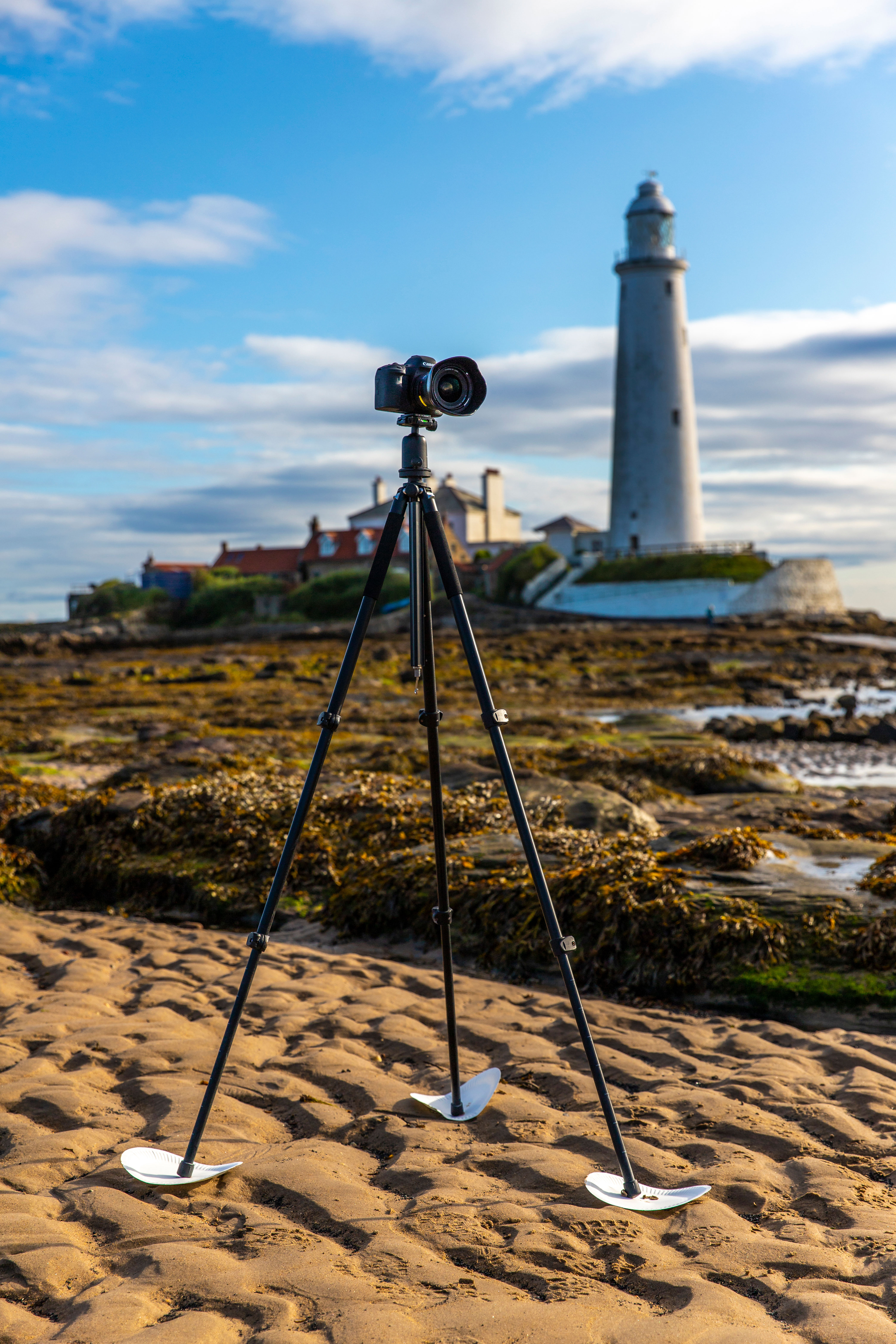Monopod vs Tripod – which is better?
Discover when to use a monopod and tripod

Getting a support for your camera enables you to use it hands-free, shoot with longer exposures, or perfect your composition by keeping your camera in one position. When we talk about camera support, we mean a tripod vs monopod, but which is right for you? We'll compare both to help you decide.
The main difference between a monopod and a tripod is obviously the number of legs; a tripod has three legs (tri) while a monopod is a single leg mono). Do you need both products? And are there photography situations when a monopod is better than a tripod? Let's look at both options to find out.
What is a monopod?
A monopod is just what it sounds like – a single leg, to a tripod's three. With telescopic sections to fold up when not in use, a monopod can be dangled from a bag or even a wrist when not in use and then deployed at a moment's notice. It won't provide the kind of stability required for super-long exposures but is great for giving yourself a little wiggle room with shutter speeds at a moment's notice.
You rarely see anyone using a monopod outside of the sports photography profession, which is surprising given their versatility. They provide useful support for telephoto lenses and can be a great choice when you don’t want the burden of carrying a heavy tripod around.
A monopod isn’t necessarily a bit of kit you’ll use every day – but for short-term support and the flexibility for following moving subjects, a monopod is well worth considering. And because you’re only buying one leg instead of three, they are a lot cheaper too!
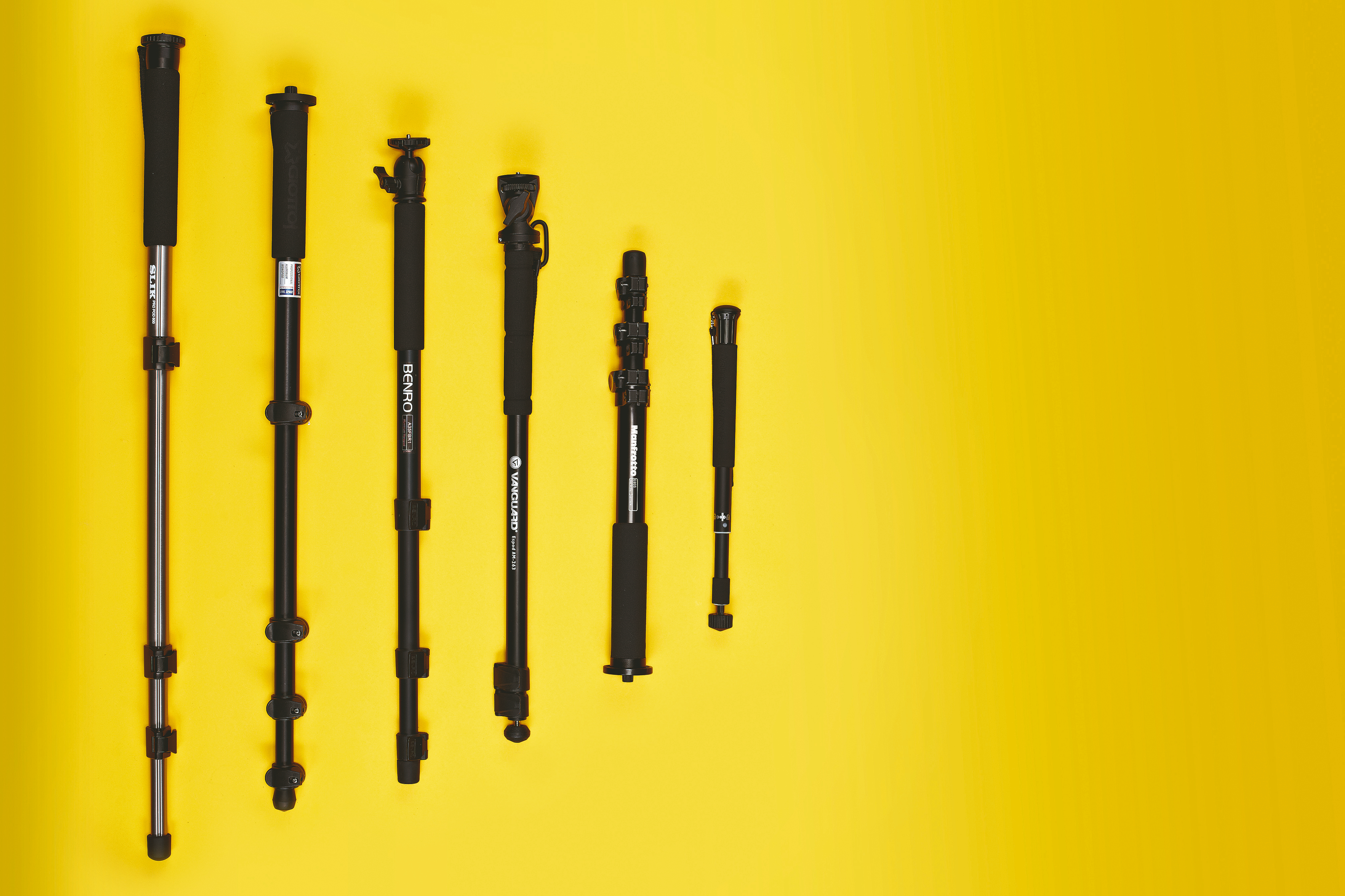
Advantages of a monopod
Monopods give you extra support when using big telephoto lenses for extended periods, instead of just shooting handheld. They're also great for adding extra stability to video footage. Monopods have several advantages over a tripod. They're generally smaller and cheaper – depending on the model of course – and easier to carry around.
Disadvantages of a monopod
The downside is that monopods only give your camera a minimal amount of support. You can’t use them for slow-shutter speed seascapes, or for shooting cityscapes at night. At best, a monopod allows you to use a shutter speed that is one or two stops, slower than you could manage with a handheld camera. It’s no use for long exposures.
What is a tripod?
A tripod serves a number of purposes. At its most basic, it’s simply a portable stand to keep a camera steady when shooting at slower shutter speeds. It’s a way of guaranteeing sharper photos. However, a tripod is also a useful aid to composition. When your camera is mounted on a tripod you think more carefully and deliberately about the shot you’re taking.
A tripod slows you down and makes you think about a shot. Lastly, a tripod is an ideal way of creating special effects. By using a tripod to hold your camera still during long exposures or a panorama, you can create shots that are impossible when holding a camera in your hand.
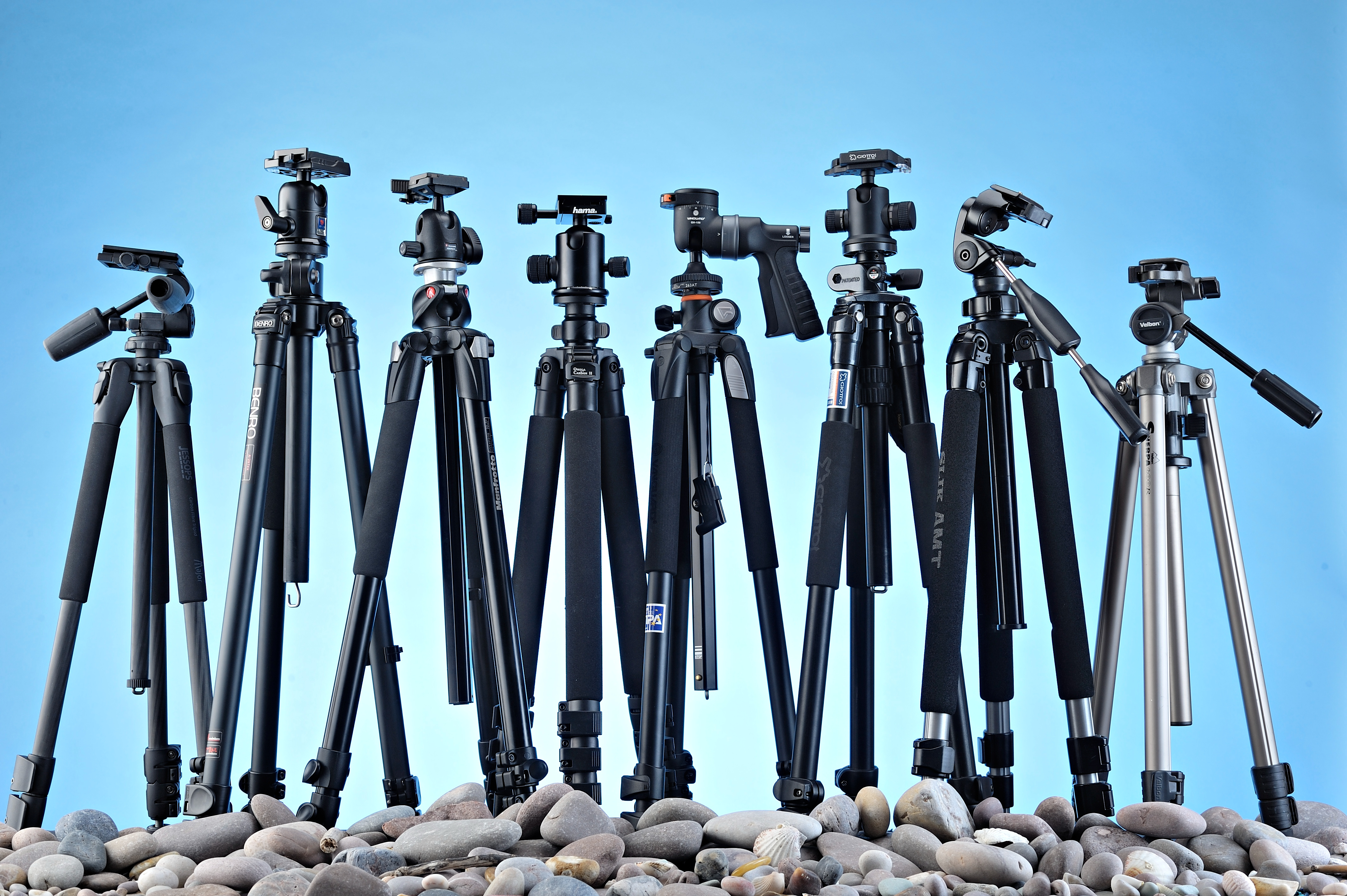
Advantages of a tripod
You can’t beat a sturdy tripod for ensuring shake-free shooting that delivers sharper images, and a travel tripod or mini tripod can fit in most camera bags. Unlike a monopod, a tripod can be set up in one place, left, and doesn't require a hand to keep it steady – which makes it ideal for landscape photography, large professional cameras, time-lapse photography, and professional filmmaking.
Disadvantages of a tripod
A tripod can be bulky and awkward to set up, while a monopod – though requiring a hand to steady it – is much quicker and easier to deploy. If you're rapidly changing positions, or in an awkward space on uneven ground, it can be a better choice.
When to use a monopod
1. Basic use
A monopod is best considered as temporary support for your camera and lens. It’s more stable than hand-holding and makes camera shake less likely. You can attach the camera or lens directly to the monopod, or add a lightweight tripod head for flexibility.
2. Supporting telephotos
If you use a heavy telephoto lens, a monopod is a great alternative to a tripod, which can be awkward to set up, especially in tight situations. Like a tripod, a monopod takes the full weight of your kit but has greater freedom of movement for sports photography and wildlife photography.
3. Macro work
Using macro lenses on a tripod can be a frustrating exercise. With a monopod, you can simply adjust the height, then gradually tilt the camera forwards until it’s correctly framed. By manually pre-focusing the lens, you can acquire focus by moving until the subject goes sharp.
4. Monopod landscapes
You may not want to ditch your tripod entirely when shooting with cameras for landscapes, but don’t dismiss a monopod. It provides good support that will allow shutter speeds as slow as one second. It’s great for mid-telephoto landscape shots when camera shake could result if hand-holding.
5. Reach for a better view
Monopods can be used to get unusual viewpoints. Hold them above your head for a bird’s eye view, or to shoot over fences. You can’t see through the viewfinder and fire the shutter with the self-timer, intervalometer or camera remote.
When to use a tripod
Do you really need a tripod? The pros and cons can be subtle and unexpected. Some will say that a tripod shot will always be sharper because some degree of camera movement will always exist in handheld photographs, even if you don’t see it. But there are more important reasons to use a tripod!
1. If you like to plan your photos
If you set out with an idea of what you want to capture, work out where you need to be to get the shot and organize your camera settings and timing, the chances are that you're a "planner" when it comes to photography. An ‘instinctive’ photographer will often find a tripod restrictive, while a ‘planner’ will almost certainly get on much better with the methodical approach that tripods encourage.
2. Freedom with settings
With a tripod, you have more choice over camera settings. You can use a lower ISO, a smaller lens aperture and much more precise focusing. The shot might look broadly the same as if you were shooting handheld, but the quality and control and finesse will be altogether better.
3. Night shots, timelapse, movement blur…
Some shots demand a tripod and always will. Long exposures and timelapse movies are prime examples. The camera has to be perfectly stationary for seconds or minutes at a time, and a tripod is the only thing that will let you achieve that.
4. A tripod leaves your hands free
This is an often overlooked point. If you’re juggling filters and lenses, it’s much better to have two hands than one. We are probably not the only photographers who have fumbled and dropped cameras, lenses, filters, and more, simply by trying to swap equipment with one hand while holding the camera in another.
5. Use a tripod for video
A tripod gives you precise camera control, whether you are moving the camera in fixed horizontal increments for a panoramic ‘stitcher’ or creating a smooth panning shot for a video.
Tripods come with all sorts of specialized heads, including panoramic heads or video heads with fluid capsules and adjustable ‘drag’ for smooth panning movements. We do have a separate guide to the best video tripods.
Monopod vs tripod: conclusion
We're sorry to say that there's no clear winner as to whether a monopod or tripod is better overall – it depends entirely on what and how you shoot. If you don't use long lenses, don't shoot long exposures, and want support for a compact camera, a monopod might be enough for your needs.
If you plan to shoot at night or in low light and want to try creative effects such as star trail photography, a tripod is essential. If the weight of a tripod puts you off, consider a travel tripods or carbon fiber tripod.
And if you really can't decide? Get both! And then you'll be covered for every type of photography that you want to try.
Discover the best monopod and the best tripod available right now.
The best camera deals, reviews, product advice, and unmissable photography news, direct to your inbox!
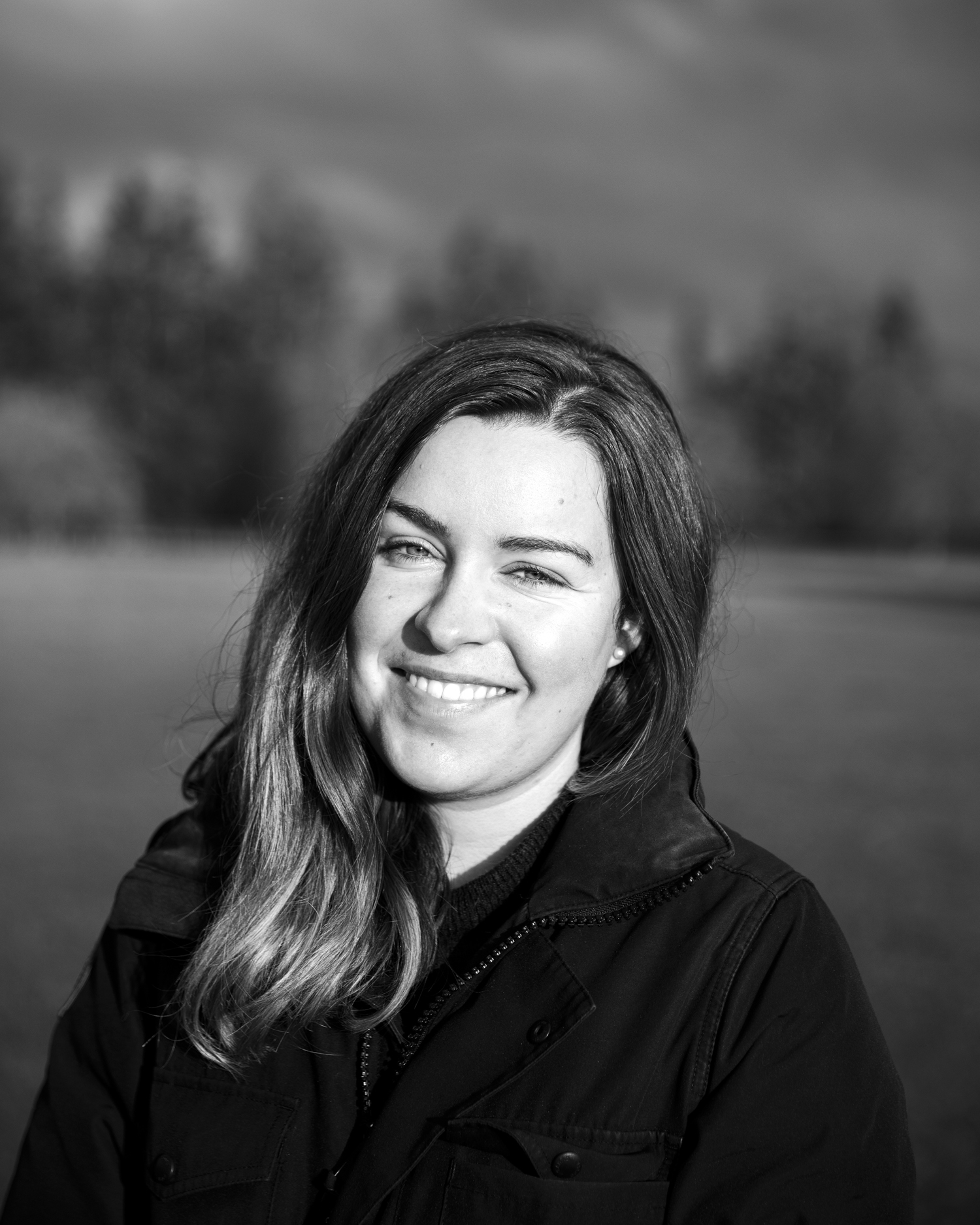
Lauren is a writer, reviewer, and photographer with ten years of experience in the camera industry. She's the former Managing Editor of Digital Camera World, and previously served as Editor of Digital Photographer magazine, Technique editor for PhotoPlus: The Canon Magazine, and Deputy Editor of our sister publication, Digital Camera Magazine. An experienced journalist and freelance photographer, Lauren also has bylines at Tech Radar, Space.com, Canon Europe, PCGamesN, T3, Stuff, and British Airways' in-flight magazine. When she's not testing gear for DCW, she's probably in the kitchen testing yet another new curry recipe or walking in the Cotswolds with her Flat-coated Retriever.
- Rod LawtonContributor
